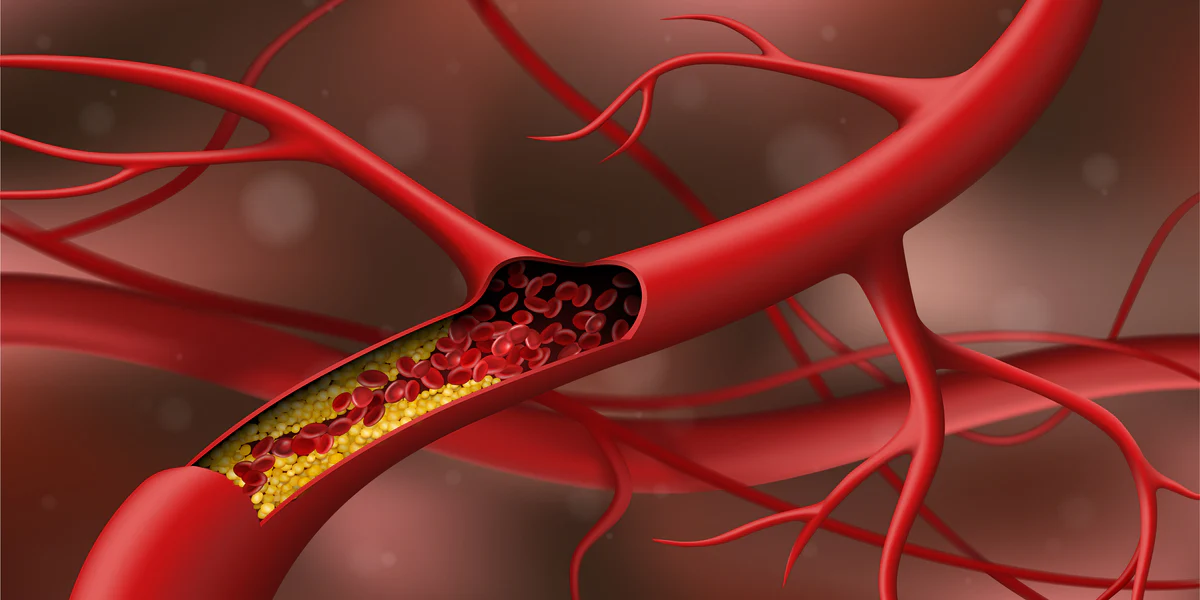table of contents
When you hear the word cholesterol, do you instantly think bad news? You’re not alone. For years, cholesterol has been portrayed as the “villain” in heart health, blamed for clogged arteries and heart attacks. But here’s the twist—cholesterol is not your enemy. In fact, it’s an essential player in your body’s daily survival game. The real problem starts when cholesterol levels are out of balance, quietly increasing risks without any early warning signs.
What is Cholesterol?
Cholesterol is a waxy, fat-like substance found in every cell of your body. It’s vital for:
- Building cell membranes
- Producing hormones like estrogen, testosterone, and cortisol
- Making vitamin D
- Creating bile acids that help digest fats
Your body actually produces most of the cholesterol you need in the liver, while the rest comes from the food you eat—especially animal-based foods like meat, dairy, and eggs.
Types of Cholesterol – The Good, the Bad, and the Ugly
- LDL (Low-Density Lipoprotein) – Often called “bad” cholesterol because it can deposit in your artery walls, leading to plaque buildup and narrowing of arteries.
- HDL (High-Density Lipoprotein) – The “good” cholesterol, which acts like a cleanup crew, carrying excess cholesterol back to the liver for disposal.
- Triglycerides – Another type of fat in your blood; high levels can increase heart disease risk, especially when combined with high LDL or low HDL.
Why High Cholesterol is Dangerous
Excess LDL and low HDL create the perfect storm for atherosclerosis—a condition where arteries harden and narrow. This can lead to:
- Heart attack
- Stroke
- Peripheral artery disease
The scary part? High cholesterol has no symptoms. Many people find out only after a serious event. That’s why regular check-ups are critical.
Risk Factors You Can Control
While genetics can influence cholesterol levels, lifestyle plays a massive role.
- Eating high-saturated-fat or trans-fat foods
- Sedentary lifestyle
- Smoking
- Excess alcohol
- Being overweight or obese
Healthy Lifestyle Tips to Balance Cholesterol
- Eat More Fiber – Whole grains, beans, fruits, and vegetables can lower LDL.
- Choose Healthy Fats – Switch to olive oil, nuts, seeds, and avocados.
- Limit Processed Foods – Avoid fried foods, fast food, and packaged snacks.
- Exercise Regularly – Aim for at least 150 minutes of moderate activity per week.
- Quit Smoking – This improves HDL levels and heart health.
- Maintain a Healthy Weight – Even small weight loss can help improve cholesterol.
When to See a Doctor
Adults over 20 should have their cholesterol checked every 4–6 years, more often if you have:
- Family history of heart disease
- High blood pressure
- Diabetes
- Obesity
The Bottom Line
Cholesterol isn’t a villain—it’s more like a double-edged sword. Your body needs it, but too much in the wrong form can quietly put your life at risk. The key is balance, and that comes from smart lifestyle choices, regular testing, and, when necessary, medication.



